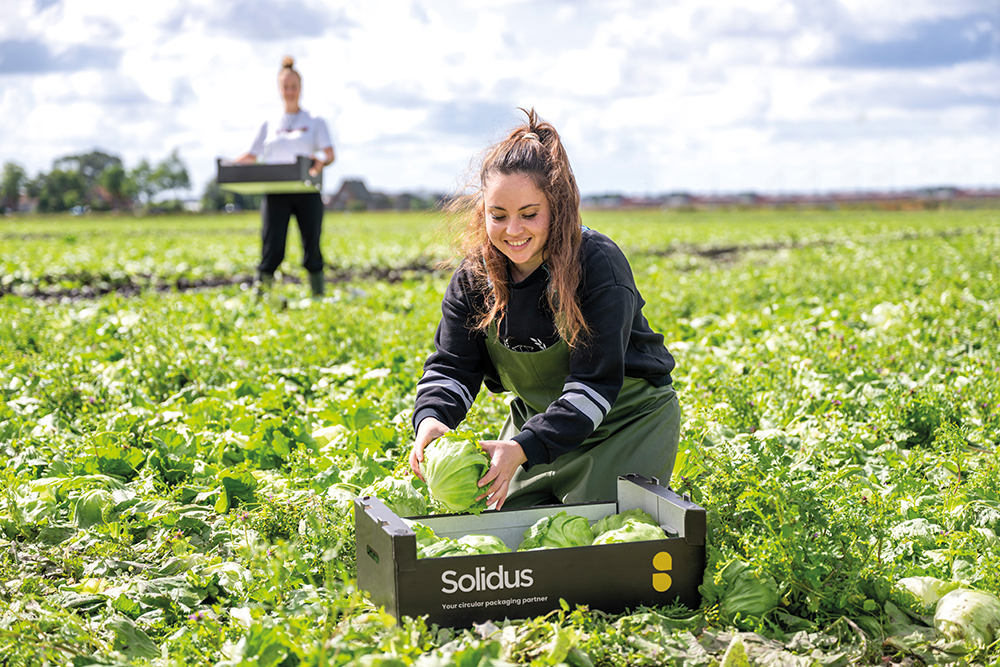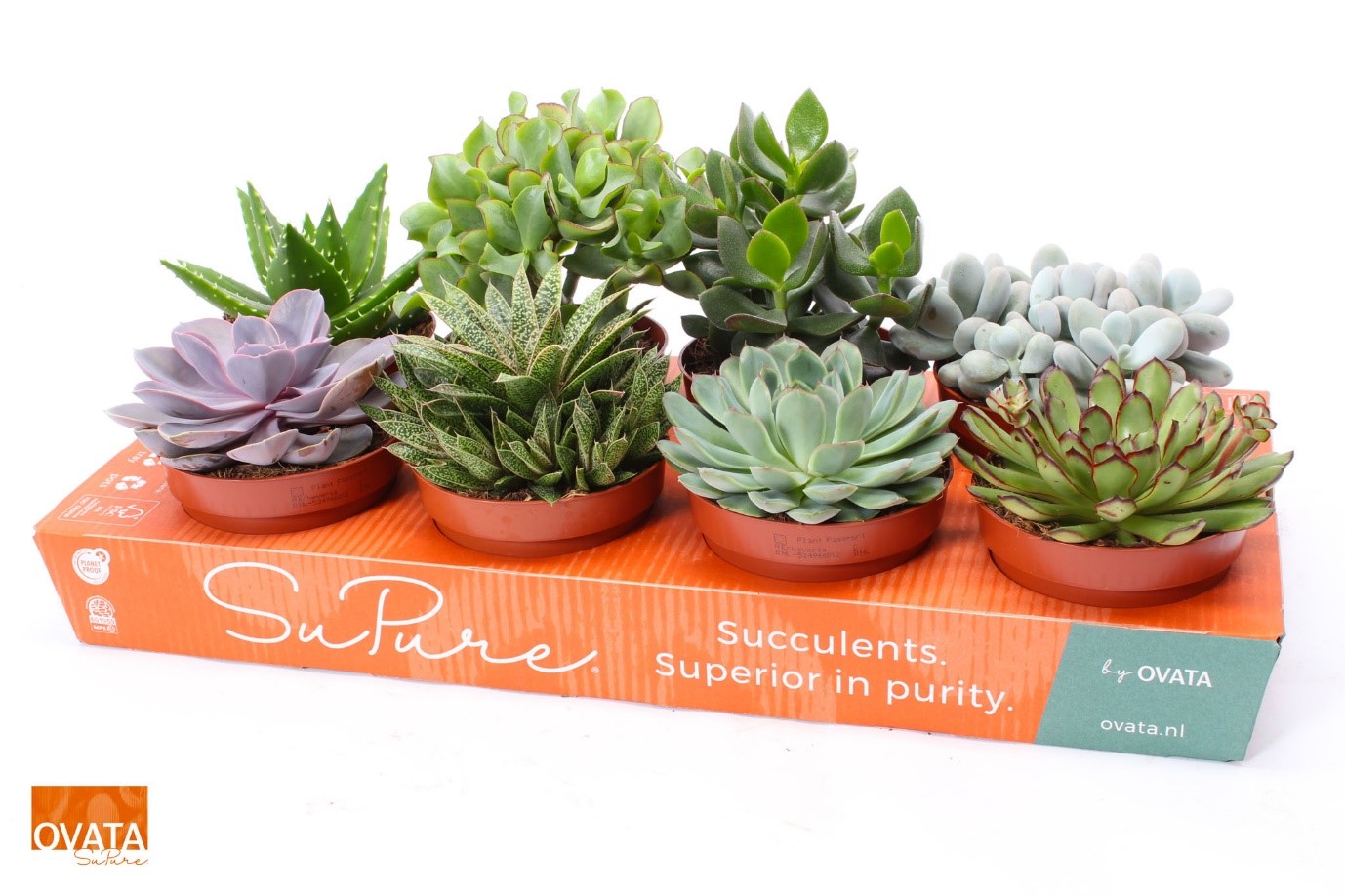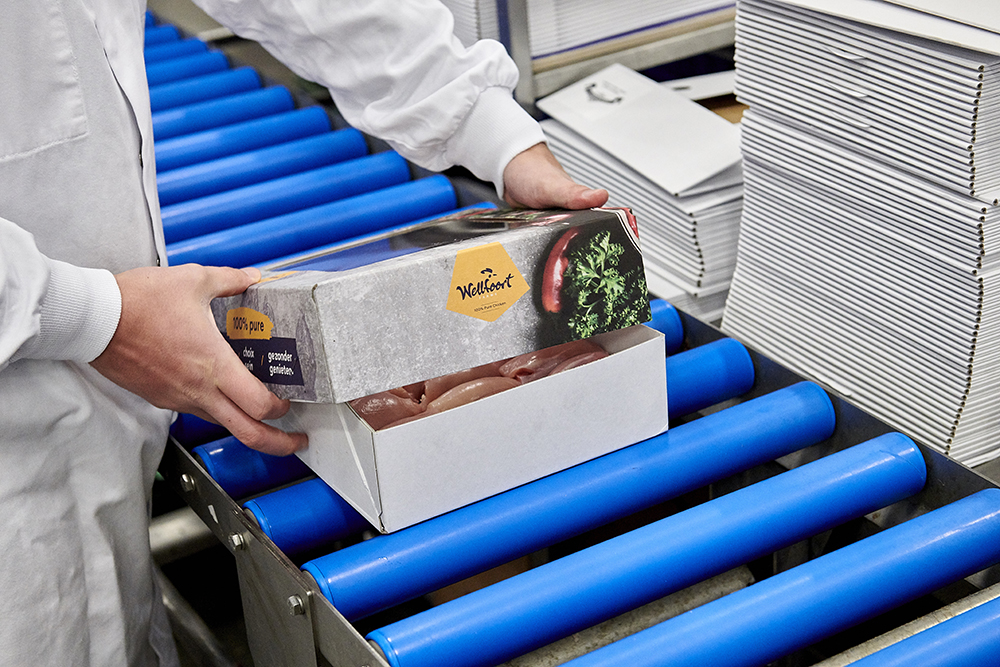Blog
Plastic Free July: 5 ways to reduce your use of single-use plastics
Here at Solidus, while you know we’re all about sharing the great attributes of solid board packaging, there’s no denying that plastic has its part to play in our world. In fact, plastic can definitely be useful for packaging a variety of everyday items. However, at the same time, it is well documented that reducing our consumption of single-use plastics is a simple step in helping to reduce our individual environmental impact.
Did you know that, according to the United Nations Environment Programme (UNEP), about 430 million tons of plastic is produced yearly? One-third of this total takes the form of single-use plastics, which humans interact with for seconds or minutes before discarding and not reusing again.1 As a brand committed to circularity, sustainability and taking part in the race against waste, we at Solidus understand the importance of finding ways to reduce our reliance on disposable plastic items. So, with Plastic Free July well underway, we’ve got some tips to help you reduce, reuse and recycle – and keep those good, sustainable packaging habits up all year long!
How can you help reduce plastic waste?
Here are five simple ways to join us in our efforts to reduce single-use plastic usage:
- Use a reusable water bottle: one of the easiest ways to reduce your use of single-use plastic is to use a reusable water bottle. Plastic bottles are one of the leading contributors of microplastics in our water supply. Whether you’re at home, at work, or on the go, having a durable water bottle that you can refill and reuse can significantly reduce the amount of plastic you consume and perform a step in the fight against microplastics in our waters.
Did you know that as Solidus we once donated to the organization Join the Pipe, by ordering branded reusable water bottles? With the proceeds of those kinds of donations, Join the Pipe funds drinking water and clean-up projects in developing countries. The same as we do, Join the Pipe believes the real solution for the amount of plastic pollution is a reuse community, which was an important factor for us as Solidus why we supported this particular initiative. Read here which other sustainability projects we performed as Solidus over the last years.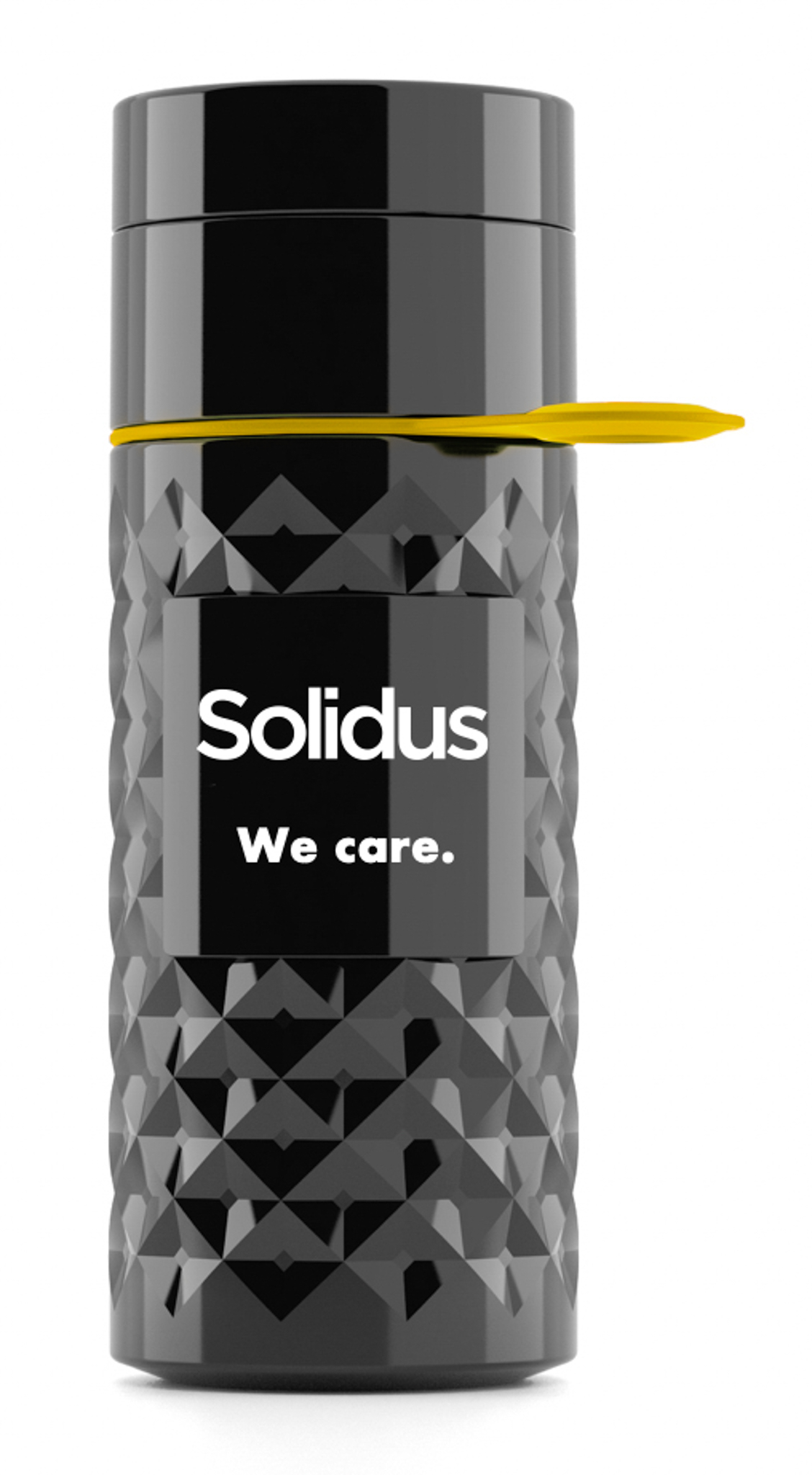
- Reduce, reuse, recycle: reducing and reusing single-use plastic where you can is a great start. And if you do need to throw plastic packaging away? Just remember to recycle wherever you can. While some forms of plastic packaging can be tricky to recycle at home, you might be surprised at just how much can be taken away via your local kerbside collection.
- Do not use plastic straws: the amount being spent on disposable drinking straws has been rising year on year for the past two decades. And although the estimates for exactly how straws are used each year and how many end up in the environment are tricky to confirm, what’s clear is that plastic straws get everywhere. For example, they are found in huge numbers in beach clean-ups around the world. In the meantime, a lot of investigation is being done about plastic straw alternatives and for example many fast food establishments have switched to paper straws as a disposable alternative.
- Replacing single-use plastic with reusable fibre-based packaging: replacing plastic with fibre-based materials certainly has its challenges. Changing packaging for improved sustainability purposes starts with understanding both your sustainability priorities and the conditions the package will be exposed to throughout the supply chain. The right partner can help you recognise what’s truly needed, then design a package that meets your sustainability goals and holds up well through the supply chain. At Solidus, we work closely with customers and other partners to understand these requirements, including testing that replicates use situations and supply chain necessities.
Although sustainable packaging design is a challenge, one certainty is, that fibre-based packaging has a much higher recycling rate in regards to plastic, implying fibre-based materials are already sustainable on itself. As fibre-based packaging is mostly sourced from responsible managed forests that are PEFC and FSC® certified, it is sourced from renewable wood pulp (processed into kraft paper) or recycled cardboard material, meaning it has a high recycling rate (83% collected for recycling in Europe), whereas plastic only collects 41% for recycling (half versus paper and cardboard). Solidus is also a 4Evergreen member, supporting the 90% recycling target for fibres by 2030. 2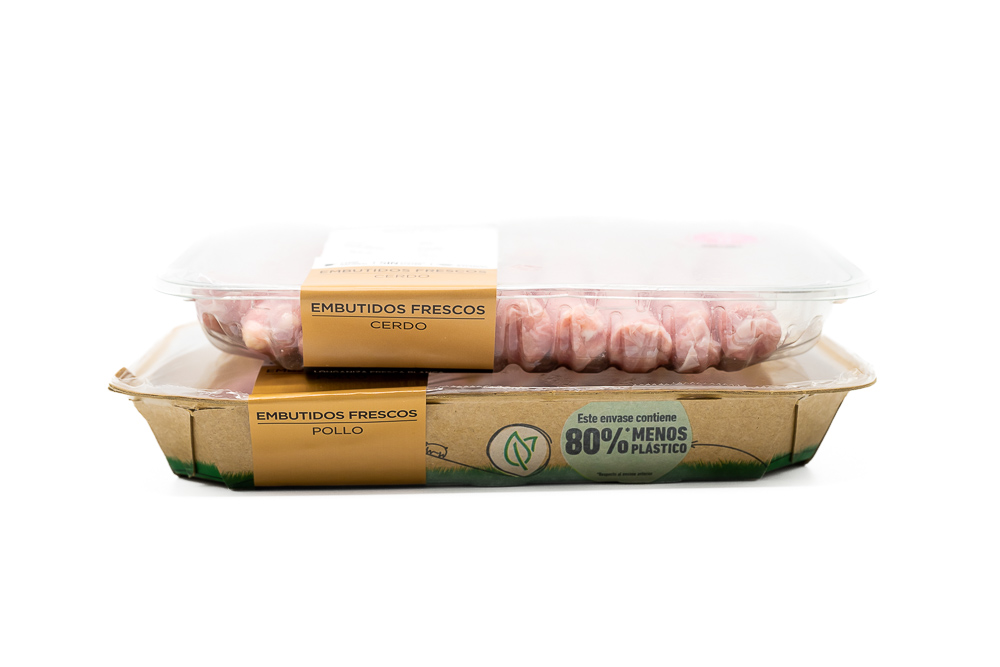
- Raise awareness: after adopting these new behaviours mentioned above, commit to informing your family, friends and colleagues by alluring them to do the same. If everyone made an effort to limit their plastic consumption and adopted alternative and sustainable solutions, we would certainly contribute to a cleaner world with less waste. Help us spread these 5 good practices, share the article and let’s work together to protect the environment!
